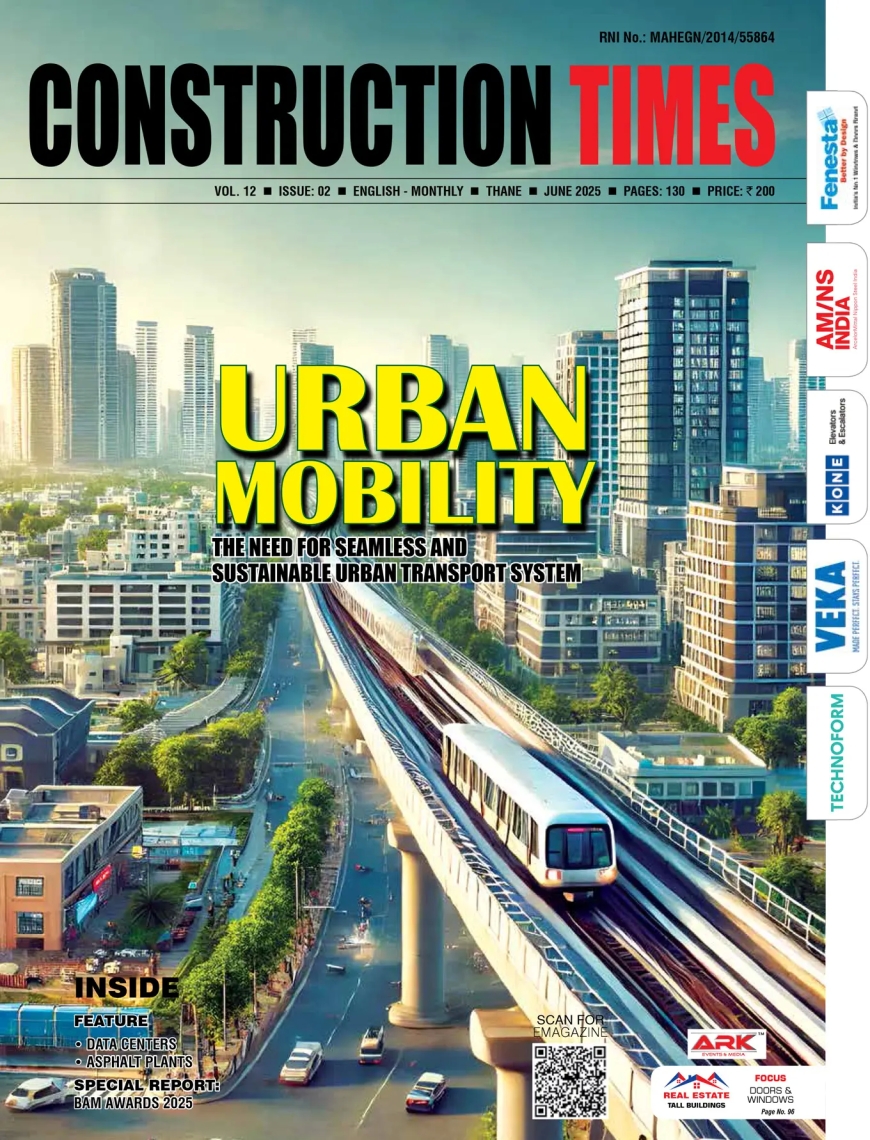World Water Day: How can construction sector address water needs?
A scarce and critical resource, water cannot be produced at any manufacturing facility that's the key reason behind all the concerns about it. However, the demand for water is increasing by the day owing to the continuous rise in population and increasing industrial activities.

Nikhil Bothra
Director, EPACK PREFAB
A scarce and critical resource, water cannot be produced at any manufacturing facility that's the key reason behind all the concerns about it. However, the demand for water is increasing by the day owing to the continuous rise in population and increasing industrial activities. The sustainability of life and the growth of the economy depend on meeting all the demands of both the people and the industries. Hence, the best thing the world can do in this situation is to implement sustainable water usage methods, which include conservation, judicious utilisation, recycling, and reducing waste, especially in various commercial sectors, including construction which uses huge amount of water in every project development.
India, which has ambitious growth targets to accomplish in the ongoing 'AmritKaal', requires development of world-class infrastructure to fuel growth. Of course, it is accelerating actions towards meeting infrastructural requirements by the day but at a cost of depleting water levels, which poses a daunting challenge for the sector and the country by worsening the issues related to water availability. India cannot afford to continue with the existing construction practices, if it wants to ensure universal water security and democratic access to clean water for all throughout the year. So, what's the path ahead? The implementation of water-efficient construction techniques and technology is the solution.
One method for reducing water use in building activities without compromising project design, aesthetic appeal, or user comfort is the use of prefabricated materials. Compared to conventional construction techniques, prefabrication can help in decreasing water waste by majorly eliminating the requirement for water in structural development.
Prefab construction method allows developers to closely monitor water usage during the manufacturing process. They can ensure the best utilisation of water and minimize the wastage. They can save thousands of gallons of water required to mix mortar, sand and other raw ingredients used in conventional construction. Besides, the amount of water sprayed on the surfaces of a traditional brick and mortar structure in order to strengthen them can also be saved with prefab construction practices. Along with saving a significant amount of water, this technique also saves an enormous amount of money that can be utilised for other productive purposes.
Additionally, since prefab construction takes less time, the need for water for activities such as cleaning and mixing concrete reduces considerably. In addition, water-efficient features such as low-flow plumbing fixtures and rainwater harvesting systems not only reduce consumption but also help in utilising rainwater. The rainwater harvesting has today become an inevitability to allay worries related to water accessibility.
Moreover, the amount of water lost during traditional construction makes the method unsustainable. Wasteful practices such as hosing down surfaces or using open systems for water supply cause significant water losses. With prefab, however, efficient water management techniques are used to ensure minimal loss. In comparison to a traditional structure, prefab buildings consume about 80% less water over their whole lifespan.
Given the severity of water scarcity, it's imperative for the construction sector to employ sustainable techniques while developing projects. Prefab construction undoubtedly requires water, but it can facilitate effective water management efforts. India can't afford to put off using the prefab method. On this World Water Day, the key stakeholders must take the initiative and encourage others as well to implement water-efficient techniques in construction.
Hits: 2





